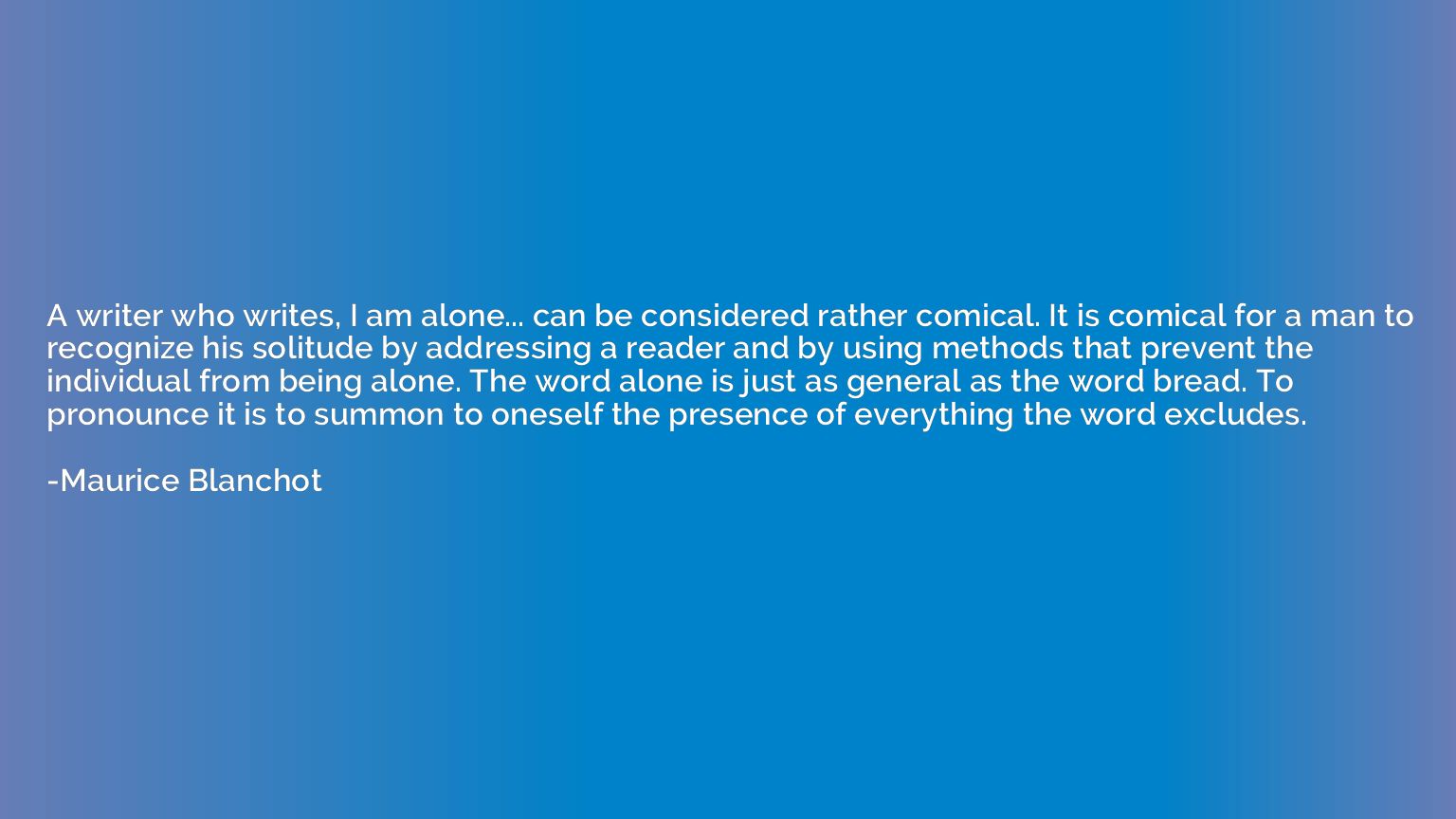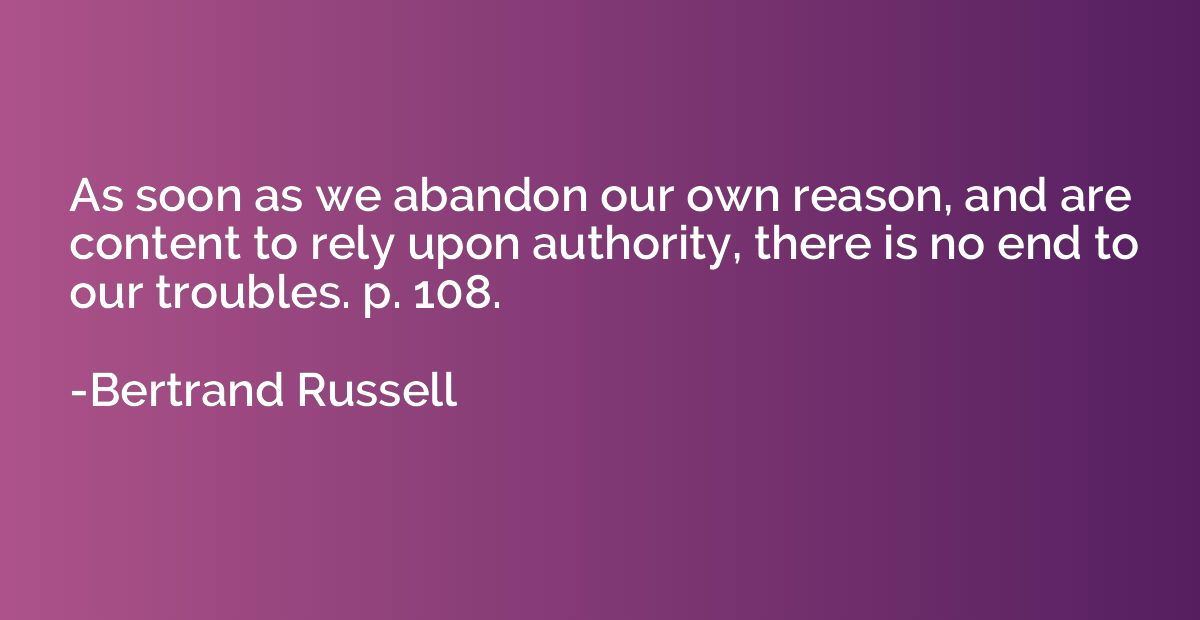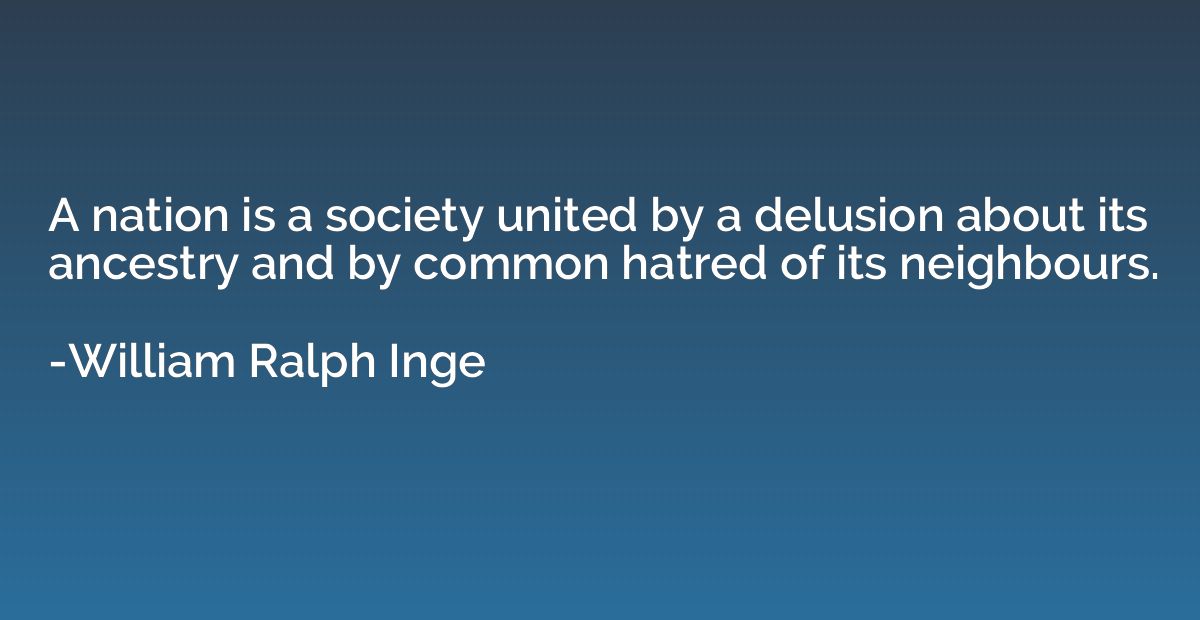Quote by Maurice Blanchot
A writer who writes, I am alone... can be considered rather comical. It is comical for a man to recognize his solitude by addressing a reader and by using methods that prevent the individual from being alone. The word alone is just as general as the word bread. To pronounce it is to summon to oneself the presence of everything the word excludes.

Summary
This quote highlights the irony in a writer claiming to be alone while addressing a reader. It suggests that the act of writing and engaging with an audience contradicts the very notion of solitude. The word "alone" is seen as a paradox, as pronouncing it brings forth everything that it seeks to exclude. In essence, the quote emphasizes the inherently connected nature of writing and communication, challenging the idea that a writer can truly be isolated in their process.














